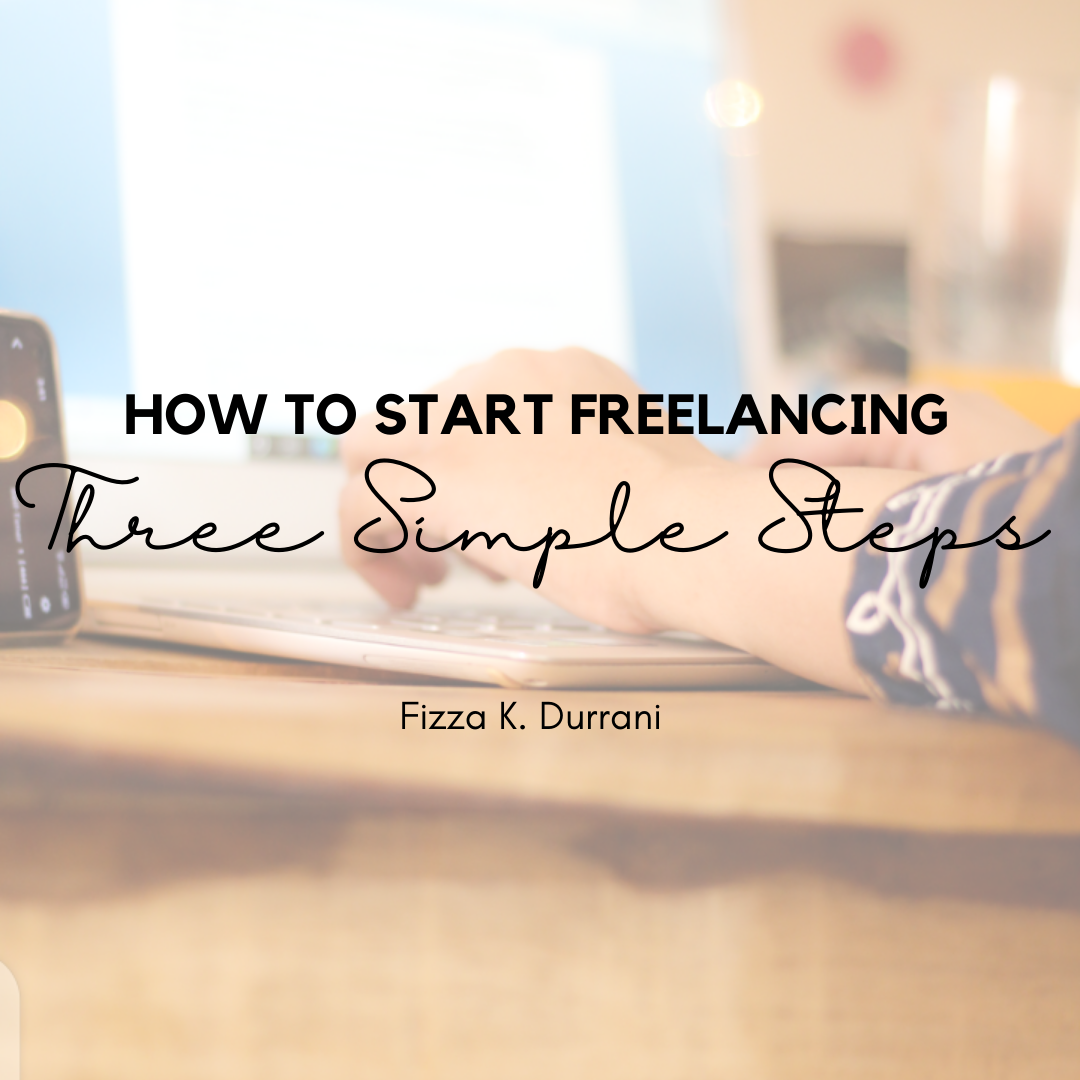
Losing extra body fat makes us healthier and more responsive. It boosts our immune system, enhances mobility, and improves sleep. It not only assists in hormonal and metabolic regulation but also makes us crave less for fast-food.
Now, those days are gone when scientists emphasized that only strenuous exercises are the possible way to lose stubborn fat. Bad fat means those adipose (fat) tissues that make your body obese. Our Central Nervous System is the one that primarily controls fat loss.
The basic principle of fat reduction
In the business of fat and weight loss, the most crucial concept is the amount of calorie intake versus calories burned. Food intake than your body requires will make you much more likely to gain weight.
The extra portion of calories you ingest becomes part of fatty tissues. In the same way, if you take fewer calories than you burn, you will lose weight. It happens as a significant portion of calories will come from body fat.
Composition of fat cells
Fat cells or adipose tissues are generally around our visceral organs or subcutaneous under the skin. They are fuels for our body's metabolism. When we talk about fats, people think about subcutaneous fat. Fat stored in our body has two parts. One is a fatty acid which we use as an energy source. The other one is glycerol, which attaches to fatty acids by a backbone.
Types of Adipose cells
1-Subcutaneous fat is also called White fat. It has a relatively small number of mitochondria. It acts like an energy reservoir.
2-Brown fat is present between our shoulders and the back of the neck. It is rich in mitochondria. It takes food, breaks it down, and converts it into energy within adipose cells. It is thermogenic and uses energy directly.
3-Beige fat is sort of in between. It is a White fat that can change into Brown fat. It has mitochondria but not as many as Brown fat.
CNS causes weight loss
CNS communicates with our adipose tissues. It controls our energy consumption and metabolism. It alters the interaction between neurons and body fat to speed up fat loss.
Adrenaline (also known as Epinephrine) converts fatty acids from fat cells into ATP by the mitochondria. There are two sources of this hormone in our body;
1-Adrenal glands are present on top of the kidneys.
2-The sympathetic nervous system also releases it during stress.
Recently, it turned out that fat burning is due to Adrenaline from neurons connected to the adipose tissues. It is a local process. Adrenaline or Epinephrine from adrenal glands has nothing to do with fat loss.
Lipolysis, a process of fat burning
In lipolysis, you move fat molecules out of the White adipose tissues. Mobilize them in the bloodstream and break the backbone between glycerol and fatty acids. Our body burns the stored fats for energy in a two-step process.
1-Fat mobilization
Move the fat out of the adipose cells. White fat must travel elsewhere to get utilized in mitochondria and convert into ATP. As long as they are within the cells, they can't be an energy source. The body breaks the backbone between glycerol and fatty acids in this step.
2-Fat oxidation
The moving fat in the blood is potential fuel. It needs to go into cells that can burn it for energy. It needs to move into the mitochondria, which can break it for ATP generation. If you merely mobilize them but don't oxidize them, they will return to adipose tissues.
Small movements have a significant impact.
Shiver and fidgeting are strong stimuli that release local Adrenaline and help in fat burning. You may see someone who eats a lot but is physically fit. Such individual has subtle and staccato movements.
Mostly, Fidgeters have a lot of resting tremors. They bounce their knee while sitting. When they talk, they engage in small angular movements. They have a head bob while they're listening. They stand up and sit down a lot throughout the day. They are sort of electric.
NEAT
NEAT is non-exercise activity thermogenesis. Suppose you have workout already but would like to burn extra calories. Fidgeting, staccato movements, standing up, moving around, or pacing are essential since they help mobilize and oxidize fat.
Shivers or other small movements trigger the release of a molecule called Succinate. It acts on brown fat and increases fat burning overall. Through this Brown fat thermogenesis, it raises body heat. Moreover, it can enhance the amount of Brown fat over time by shifting Beige fat into actual Brown fat. So, Epinephrine released from little nerve endings in adipose tissues and Succinate flowing in the blood cause a lot of fat loss.
FAQs
Q: Is spot fat reduction possible?
In scientific literature, shivering, fidgeting, or other low-grade shaking movements can enhance the release of Succinate. Thus, it can increase fat mobilization from particular fat sites. Specific exercises can increase the amount of Epinephrine locally released by neurons. Therefore, spot reduction is possible by using the appropriate protocol.
Q: Which exercises are best for weight loss?
For body fat loss and weight reduction, the most recommended workouts are;
1-SIT is a burst of activity that lasts 8-30 seconds and is interspersed with less intense recovery periods. It would be sprinting downfield for 8-30 seconds, then walking back for about a minute or two, and repeating.
2-HIIT is a burst of activity that lasts 60-240 sec intersperse with less intense recovery periods.
3-MICT is steady-state cardio, also called zone-2 cardio which is performed continuously for 20-60 minutes at moderate intensity.
Q: What is the Switch-over point in the exercise?
It is a point at which the body starts burning carbohydrates rather than lipids as an energy source. If you eat carbs before exercise, there will be an increase in insulin. However, lipids and proteins do not elevate insulin levels. If you fast and do high-intensity workouts, the switch-over point will come earlier in the exercise. It will burn more fat per unit of time.
Q: Is there more fat burning if you exercise fast?
Fasted means not eating for 3-24 hours. A meal before the exercise reduces the amount of fat that burns during the exercise. After 90 minutes of moderate-intensity exercise, there is a turning point where you will burn much less fat if you eat before working out.
You will burn less fat from the first 90 minutes of exercise if you must eat within one to three hours. Though, If you haven't eaten, your body will burn more fat than it usually would.
Q: How many calories do you consume during and after the exercise?
An important issue is how much of an increase in metabolism a given exercise creates after a workout. We use stored glycogen during high-intensity anaerobic exercise and burn more energy per unit of time than at moderate intensity.
The percentage of fat burning after high-intensity exercise is more significant. After HIIT, the post-exercise O2 consumption goes up for up to 24 hrs. During that period, you oxidized more fat, not glycogen. The reverse of it is also true. It burns more glycogen during activity and more body fat afterward.
Q: How often should you work out every week?
Three or four times a week with two days of rest, HIIT followed by low-intensity training is enough. Train yourself to exercise moderately to very high and moderate to low. Burpees are one of the best high-intensity exercises. The goal is to breathe very hard. Afterward, hydrate yourself or drink coffee and move into the day.
Q: What should you eat for fat loss?
People try diets like low-fat diets, high-fat diets, keto diets, and intermittent fasting for fat loss. However, many do not get benefits. Adherence is always an issue. If you do not stick to a particular diet, then it's not worthwhile. Meals with low-processed carbs always have an advantage in keeping insulin low. When insulin level is low, our body oxidizes more stored fat from exercise and rest.
It does not necessarily mean you go to zero carbs diet. A preferred way is to eat lower carbs diet during the day for alertness and focus. Eat carbs at night as it facilitates the transition to sleep.
Q: How to increase Adrenaline from local neurons?
Sufficient sleep at night and appropriate amounts of EPAs, Glutamine, Iodine, Selenium containing diets influence the release of local Adrenaline. Maintaining the health of your gut microbiome also keeps you fit. So, yogurt, sauerkraut, and kimchi can help the gut microbiome. Caffeine also is incredibly effective at dosages up to 400 mg. It is roughly a cup and a half of coffee. About 30-40 minutes before exercise will be beneficial and increase fat oxidation.
Final words
Exercise is not the only way to reduce bad fat. It is also not an issue of how long you exercise. How intensely you exercise is all that matters. If fat loss Is your goal, and you use shivering as a potent protocol, avoid cold adaptation. When we don't expose ourselves to cold environments or do other things that make us shiver, we lose a lot of Brown fat. As for diet, it does not matter what you eat and when you eat. Keep your blood glucose level low to be healthy and active throughout the day.
Leave a Comment
Related Posts
-
18 May 2022
-
18 May 2022
-
20 May 2022
Sign up for free, explore fun and knowledgeable content, and make your own portfolio!
🟢All System Operational
© 2022 - 2024 Freelancing by Fay.
Design by Limitless Technologies Pakistan - All rights reserved.







1 Comments
Loved it ! Especially the FAQ section! Brilliant touch